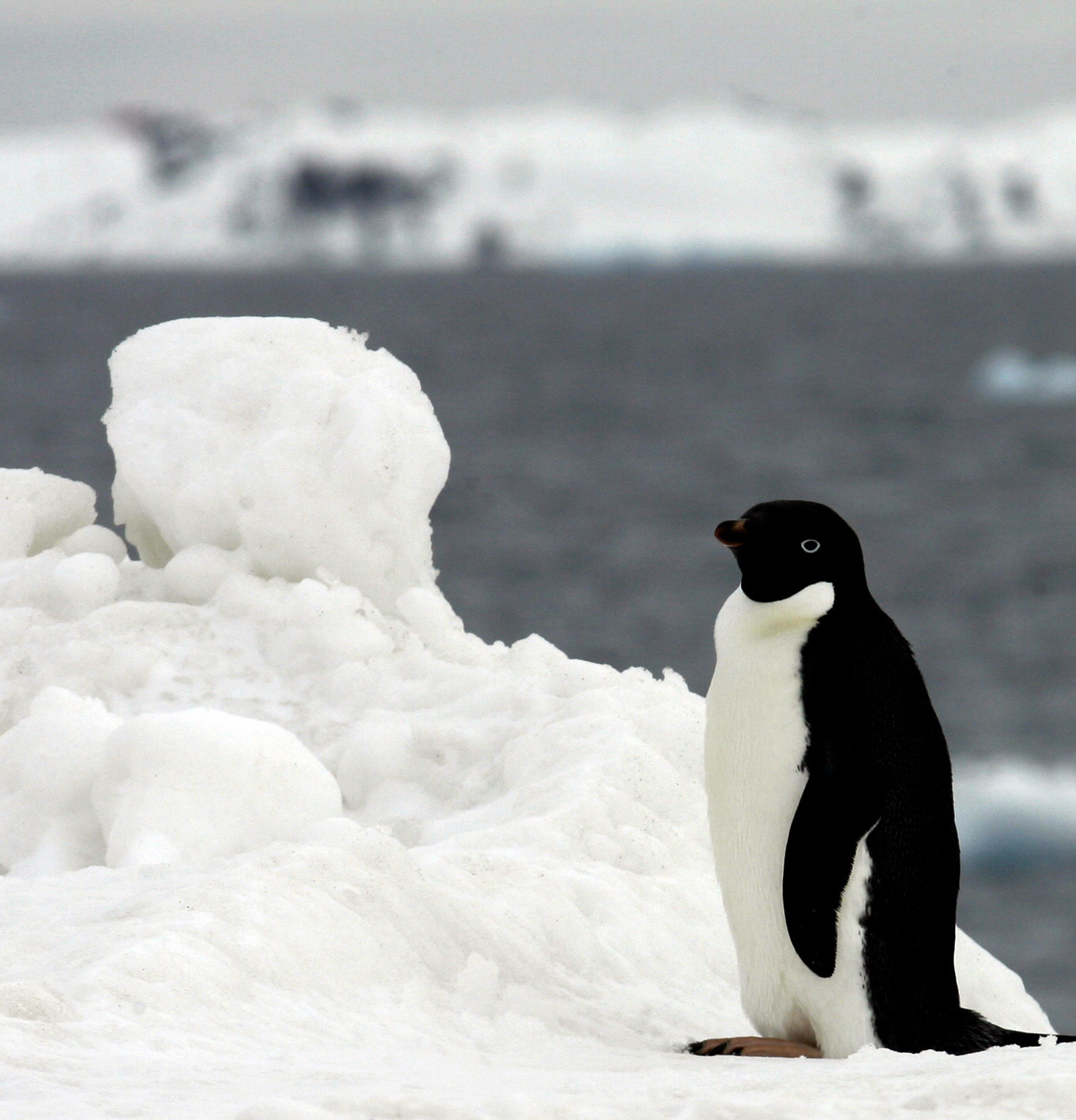East Antarctica’s largest glacier melting due to warming oceans
The largest glacier in East Antarctica, containing the ice equivalent of a six-metre rise in global sea levels, is melting due to warm ocean water, scientists said on Monday. The 75-mile long Totten Glacier, which is more than 18 miles wide, had been thought to be in an area untouched by warmer currents. But a just-returned voyage to the frozen region found the waters around the glacier were warmer than expected and likely melting the ice from below. The voyage’s chief scientist Steve Rintoul said waters around the glacier were some 1.5 degrees Celsius warmer than other areas in Antarctica.
The fact that warm water can reach this glacier is a sign that East Antarctica is potentially more vulnerable to changes in the ocean driven by climate change than we used to think.
Scientist Steve Rintoul
Rintoul said the glacier was not about to melt entirely overnight and cause a six-metre rise in sea levels, but the research was important as scientists try to predict how changes in ocean temperatures will impact on ice sheets. Research published last month shows the melt rate of glaciers in the fastest-melting part of Antarctica has tripled over the past decade.

Science Antarctica